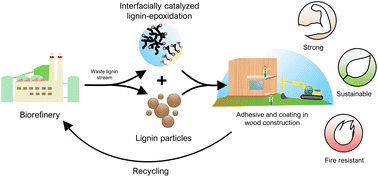バークレー研究所の建築物エネルギーツールでは、暖房エネルギーを67%節約できる可能性があると指摘されています。 A Berkeley Lab building energy tool points to potential heating energy savings of 67%
2022-05-03 ローレンスバークレー国立研究所(LBNL)
この研究は、Sustainable Energy Technologies and Assessments誌に掲載されたもので、既存住宅の改修(レトロフィット)が排出量とエネルギー使用にどのような影響を与えるかを検討しました。ヨーロッパ大陸の住宅建築の半数以上が1981年以前に建設されたものであることから、この問題はヨーロッパで特に重要です。
<関連情報>
- https://newscenter.lbl.gov/2022/05/03/how-venice-italy-can-cut-carbon-emissions-from-social-housing/
- https://eta-publications.lbl.gov/publications/large-scale-energy-analysis-and
歴史都市ヴェネツィアの社会住宅における大規模なエネルギー解析と改修戦略 Large scale energy analysis and renovation strategies for social housing in the historic city of Venice
Lorenzo Teso, Laura Carnieletto, Kaiyu Sun, Wanni Zhang, Andrea Gasparella, Piercarlo Romagnoni, Angelo Zarrella, Tianzhen Hong
Sustainable Energy Technologies and Assessments Published:08/2022
DOI:10.1016/j.seta.2022.102041

Abstract
Social houses built after the Second World War to accommodate workers and low-income families represent one of the major energy consumers and greenhouse gas emitters in the residential sector. Plans for their renovation are underway in all European countries, and the process is more complicated for Italian cities due to the lack of space and the large number of historical buildings. This study addresses this challenge by proposing a methodology to renovate a low-income district in the city of Venice using CityBES to model and evaluate energy conservation measures. CityBES is a web-based tool that allows users to employ urban building energy modeling for large-scale energy and retrofit analyses of building stocks. In the case study conducted for Venice’s Santa Marta district, due to the particular context, four common energy conservation measures covering both the building envelope and heat generation boilers have been applied. The evaluation of energy-saving performances at the district level showed that the four measures together achieved 67% energy savings, an abatement in energy cost equal to 67%, and annual carbon dioxide emissions reduction of 1.1 MtCO2. The case study demonstrates a method and workflow replicable for energy retrofit analysis of building stocks in other historical districts.



